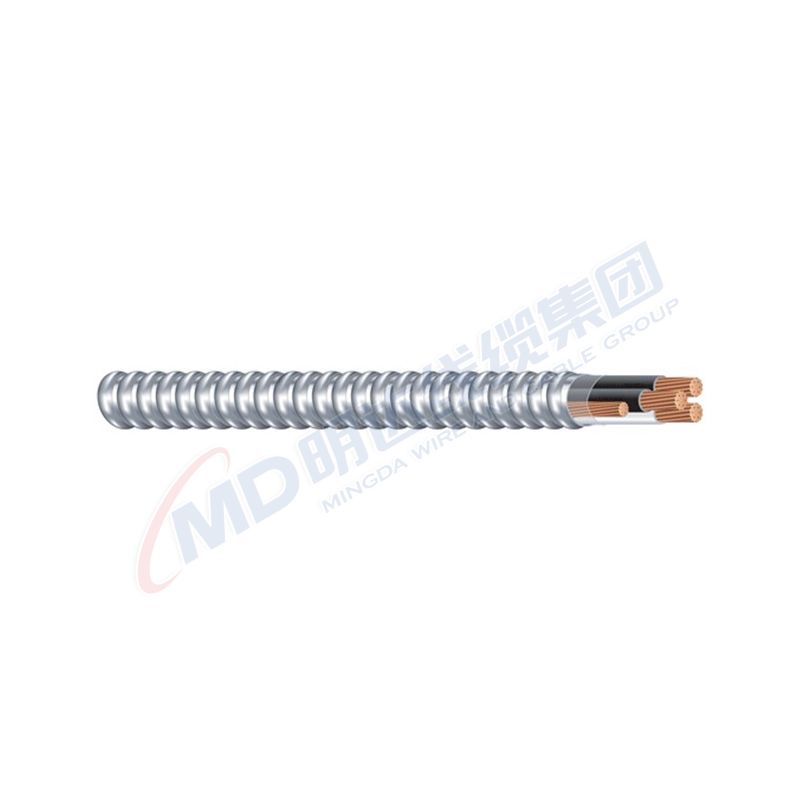12 月 . 03, 2024 18:05 Back to list
non return swing check valve
Understanding Non-Return Swing Check Valves
Non-return swing check valves are essential components in various piping systems, particularly in fluid and gas handling applications. Their primary function is to prevent backflow, ensuring that liquids or gases flow in one direction only. This vital feature helps maintain system integrity, efficiency, and safety. In this article, we will delve into the mechanics, applications, advantages, and considerations in using non-return swing check valves.
Mechanics of Non-Return Swing Check Valves
The mechanism behind a non-return swing check valve is relatively simple yet effective. These valves consist of a disc that swings on a hinge or pivot point within the valve body. When fluid flows in the designated direction, the disc swings open, allowing unrestricted passage. However, if the flow attempts to reverse—due to pump failure, pipeline rupture, or other reasons—the disc will close under the pressure of the backflow, thereby preventing the reverse flow from occurring.
The design of swing check valves allows them to be more effective in systems where the flow is predominantly one way. They are typically installed horizontally or vertically, although horizontal installation is more common in practice. The orientation can impact their performance, so installers must heed manufacturer guidelines.
Applications
Non-return swing check valves are utilized across various industries including
1. Water Supply and Wastewater Management These valves are crucial in municipal and industrial water systems, preventing contaminated water from flowing back into clean sources.
2. HVAC Systems In heating, ventilation, and air conditioning systems, swing check valves help maintain one-directional flow for efficient functioning.
3. Power Plants They are used in steam and water circuits to prevent backflow that could damage pumps and machinery.
4. Petrochemical Industries In processes involving the transfer of liquid hydrocarbons, these valves are vital in preventing reverse flow that could lead to spills or contamination.
Advantages of Non-Return Swing Check Valves
non return swing check valve

1. Simplicity and Reliability The simple design of swing check valves allows for reliable operation with minimal maintenance. There are fewer moving parts compared to other valve types, reducing the likelihood of mechanical failure.
2. Minimal Pressure Drop Swing check valves facilitate swift flow in one direction, leading to lower pressure drops compared to other types of check valves, such as globe or ball check valves.
3. Durability Made from robust materials such as cast iron, stainless steel, or plastic, swing check valves can withstand demanding conditions in both high and low-pressure environments.
4. Cost-Effectiveness Due to their simple design and low maintenance requirements, non-return swing check valves are often more cost-effective than more complex alternatives.
Considerations and Limitations
While non-return swing check valves offer numerous benefits, certain factors must be considered
1. Installation Orientation Improper installation can lead to malfunction. These valves should be installed according to manufacturer guidelines, typically in horizontal or vertical pipelines.
2. Flow Characteristics Swing check valves perform optimally in systems with high velocity. Low-flow systems may cause the disc to chatter, which could lead to wear and potential failure.
3. Not Suitable for All Fluids They are typically used with clear liquids and gases. Applications involving slurries or fluids with high solid content may necessitate a different valve type to avoid clogging.
4. Potential for Water Hammer In systems with sudden flow changes, there is a risk of water hammer effects, which can damage the valve and connected piping.
Conclusion
Non-return swing check valves play a crucial role in ensuring the safe, efficient, and reliable flow of fluids and gases in various industrial applications. Their straightforward design and effective operation make them a preferred choice in many sectors. By understanding their mechanics, advantages, and limitations, engineers and operators can make informed decisions regarding their implementation in piping systems. As industries evolve and technologies advance, the significance of such simple yet essential components will only continue to grow.
Share
-
Understanding the Differences Between Wafer Type Butterfly Valve and Lugged Butterfly ValveNewsOct.25,2024
-
The Efficiency of Wafer Type Butterfly Valve and Lugged Butterfly ValveNewsOct.25,2024
-
The Ultimate Guide to Industrial Swing Check Valve: Performance, Installation, and MaintenanceNewsOct.25,2024
-
Superior Performance with Industrial Swing Check Valve: The Essential Valve for Any SystemNewsOct.25,2024
-
Industrial Swing Check Valve: The Ideal Solution for Flow ControlNewsOct.25,2024
-
You Need to Know About Industrial Swing Check Valve: Functionality, Scope, and PerformanceNewsOct.25,2024